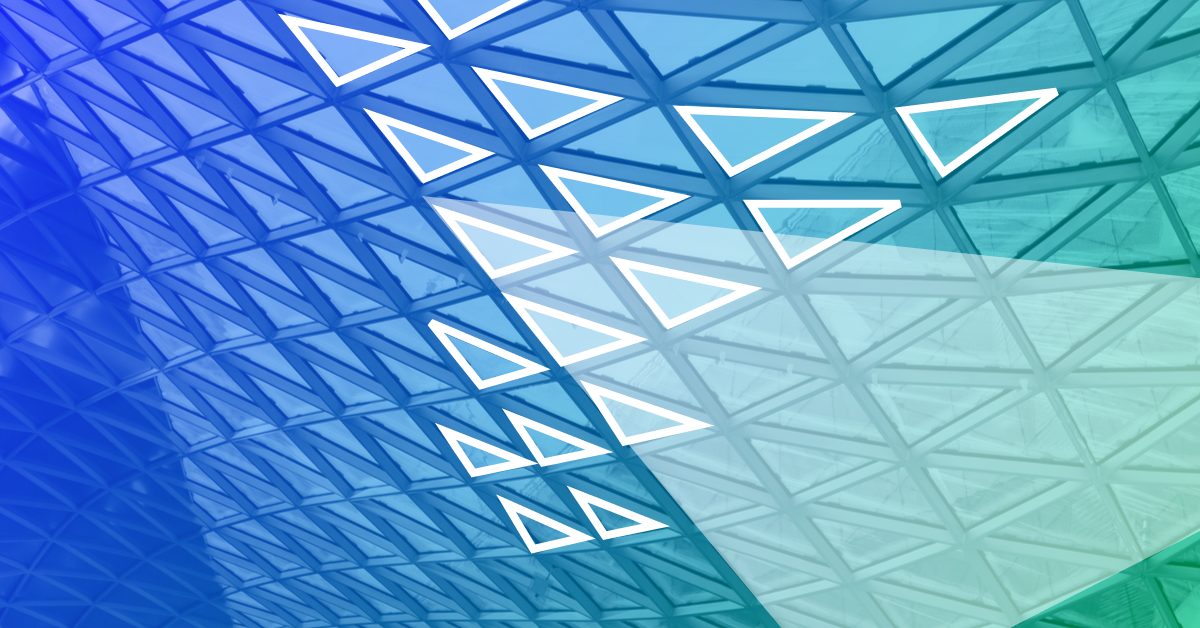The advancements in technology have reshaped the way architects work. One of the latest design philosophies is parametric design. Read on to learn more about what this style is all about.
With the advancement of new technologies, there’s hardly an industry that hasn’t benefited from new tools. Architecture is no different in this regard.
Just a couple of decades ago, architects drew all their designs by hand. Not only was this process more complicated, but it was also much more time-consuming.
Today, architects have CAD and similar technologies that help them speed up the design process.
In accordance with these changes, the design ideas have started evolving as well. In fact, the endless refinement of design processes, backed up by prototyping in an entirely digital space, has accommodated a rethink in the approach to various application areas.
One of the latest design philosophies that help architects in their work is called parametric design.
And in this article, you’ll learn what parametric design is and how it is reshaping architecture as we know it.
What is Parametric Design?
For the longest time, the “old is new again” approach to design has dominated different industries. Most architectural styles followed straight lines and sharp corners. But thanks to the ground-breaking innovations of the parametrics design, the long-standing guidelines have been put on hold.
“Parametricism” is a term first coined by an architect called Patrick Schumacher. It’s used to describe free-form architectural concepts featuring sweeping lines, irregular shapes, and curves. This design gives character to a building that often looks futuristic or out-of-this-world.
Here’s what defines parametric architecture today:
- Blends complexity and variety and rejects homogenous utilitarianism
- Priorities involve urbanism, interior design, and fashion
- Interdependent and adaptable design elements
- Algorithmic and computerised design processes
Also, what makes this approach special is how it draws much inspiration from nature. The designers look at the earth’s complex ecological system and follow the systematic patterns around specific biomes. For example, forests have their own distinctive flora, and coral reefs come with their unique structures, supporting a wide range of organisms. All of these elements don’t just exist in a vacuum but are interdependent.
According to the parametrical approach, the same goes for the cities we inhabit.
Urban jungles that are our conglomerations also need a systemic approach that adapts to the surroundings, all while placing emphasis on their form and function, which, in turn, is an essential part of urban planning for the future.
Parametric Design in Action
The whole parametric design fuss isn’t only theoretical. More and more architects have managed to realise their projects into actual buildings.
Frank Gehry’s “Fish” in Barcelona, Spain, is just one example of his many parametric buildings. He takes organic shapes to a whole new level, even coming up with a structure that resembles a crumpled paper bag.
Zaha Hadid Architects is a well-known company that specialises in parametric design buildings. They were behind the famous Beijing shopping mall, the Galaxy SOHO. This stunning building serves as an office space, retail, and entertainment complex with minimal sharp edges and corners. As visitors walk across the mall, they have the impression of a continuous space, which is precisely the point of parametric design.
Another famous example is Santiago Calatrava’s World Trade Centre Transportation Hub in New York. Also known as the Oculus, this otherworldly building pushes architectural boundaries further with its interior and exterior design.
Yet another example is Jean Nouvel and his parametric design buildings, such as the Louvre Abu Dhabi. While the French architect has designed many parametric structures, the Louvre is more subtle than his other works, although it features an impressive intricate dome.
How Will Parametric Design Change Architecture?
It’s evident by now that this innovative approach in design brought a fresh new perspective to architecture.
Here are 7 ways on how the parametric design will change architecture in 2021 and beyond.
#1 – Aesthetics and Functionality Enhancement
The parametric design offers robust tools in solving visual, perceptive, material, and structural issues in architecture. It also infuses a purely functional process with a designer’s aesthetic vision.
Usually, architects have individual aesthetic aims, while their designs solve functional and contextual issues. Parametric design combines aesthetics and function in a way that it’s impossible to separate the two during the design process.
And with advancements in the technology world, almost every aspect of the building industry is affected. The design process is highly dependent on digital methods, and the project management changes evolve as well. This revolution indeed affects building aesthetics, allowing more freedom of form from automated manufacturing methods.
Just as significantly, it improves the overall quality and functionality of the design. Thanks to the numerous optimisation and management solutions of complex issues, building use and contextualisation are sure to improve.
#2 – Replacing the Classical Modernist Education
Modernism represents an ideology dependent on universalism, mass production, standardisation, and homogeneity. On the flip side, parametric design is contextual, highly adaptive, mass customised, and heterogeneous. There is this fundamental difference between these theories, and the primary aim in terms of architecture students is to change the way they look at and think about designs.
Usually, professors introduce architecture students to parametric design through simple parameters inside their projects. The design emerges from methods, materials, and significant variables. However, a designer from a modernist background will have a more challenging time initiating this way of work.
But thanks to the more enhanced visual coding tools, designers can deal with more complex and adaptive experiences. Basically, the main shift is inside the designer’s mind, between the old and the new way of thinking.

#3 – Computation as the Main Design Tool
As we know from the past, architectural styles are prone to changes as they follow trends. However, parametric design can be considered a set of tools and methods that help make high-quality buildings for a modern society.
As we talk about these tools, it’s important to know the difference between what makes them possible.
There are two terms that need distinction: computerisation and computation. The first is about putting a design into a digital format. For example, drawing a 3-D model of a building. Computation, on the other hand, is an algorithmic and mathematical process used by the computer, and it’s what parametric design is about.
#4 – Bringing the Third Industrial Revolution into Architecture
With parametric design entering the architecture world, both theory and practice begin to change. The ongoing third industrial revolution is the era of robotics, computation, and mass customisation.
As a profession that makes physical end products, architecture needs to adapt to the ongoing changes, new programming languages, digital processes, and much more. Parametric design is a direct result of architecture undergoing the changes associated with the third industrial revolution.
#5 – Making Room for Complexity Management
Together with computation, parametrics allow designers to become better at dealing with complex issues. All of these processes are integrated into the architects’ work.
The parametric architects work with parameters that range from programs, site context, user interface, environmental factors, material technologies, and manufacturing. They keep pushing the boundaries of what they can do with modern technology. Accordingly, architecture improves as well.
#6 – Making Data Management More Straightforward
There are virtually no limits to what parametric architecture can do. Tasks that took months to complete before can be done in an instant today.
Take a look at the office building design process. Traditionally, the first step is to figure out the client requests. Then, designers need to make sure these requests fit natural laws or laws that affect a building’s durability.
But thanks to the AI system, designers only have to insert the initial parameters and the computer will proceed with all the work. In a way, parametrics serves as the architect programming language. As they input specific parameters and add data, a set of new, unseen forms emerge. It takes seconds to design countless outputs with a combination of the past and new data.
The same goes for creating new, enhanced tools according to the designer’s needs. For example, when designing a tower in an often-cloudy city, it now only takes minutes to test the number of daylight hours at any given time.
#7 – Helps Adapt Architecture to Building Smart Cities
Thanks to computation and parametrics, architecture teams can finally shift their focus from specific structures or neighbourhoods to entire cities. And as technology keeps improving, cities can be built as individual systems on their own.
Parametrics – Reshaping the Building Industry
As modern technologies make their way to more and more industries, architecture follows suit. The development of more sophisticated software made room for much more contextualised, innovative, and highly functional design – the parametrics.
That’s why, thanks to its enhanced aesthetics and functionality and room for complexity management, parametrics has quickly become one of the main aims of architects and designers worldwide. It also makes data management more effortless and prepares architects for new ventures such as building smart cities.
Archistar’s platform’s parametric design generator uses AI to create tons of potential designs. You can use our 3D modelling engine to create your own parametric models. Utilise every centimetre of your development property and maximise its value.
If you’re interested, you can book a demo with the Archistar team by clicking on this link.


